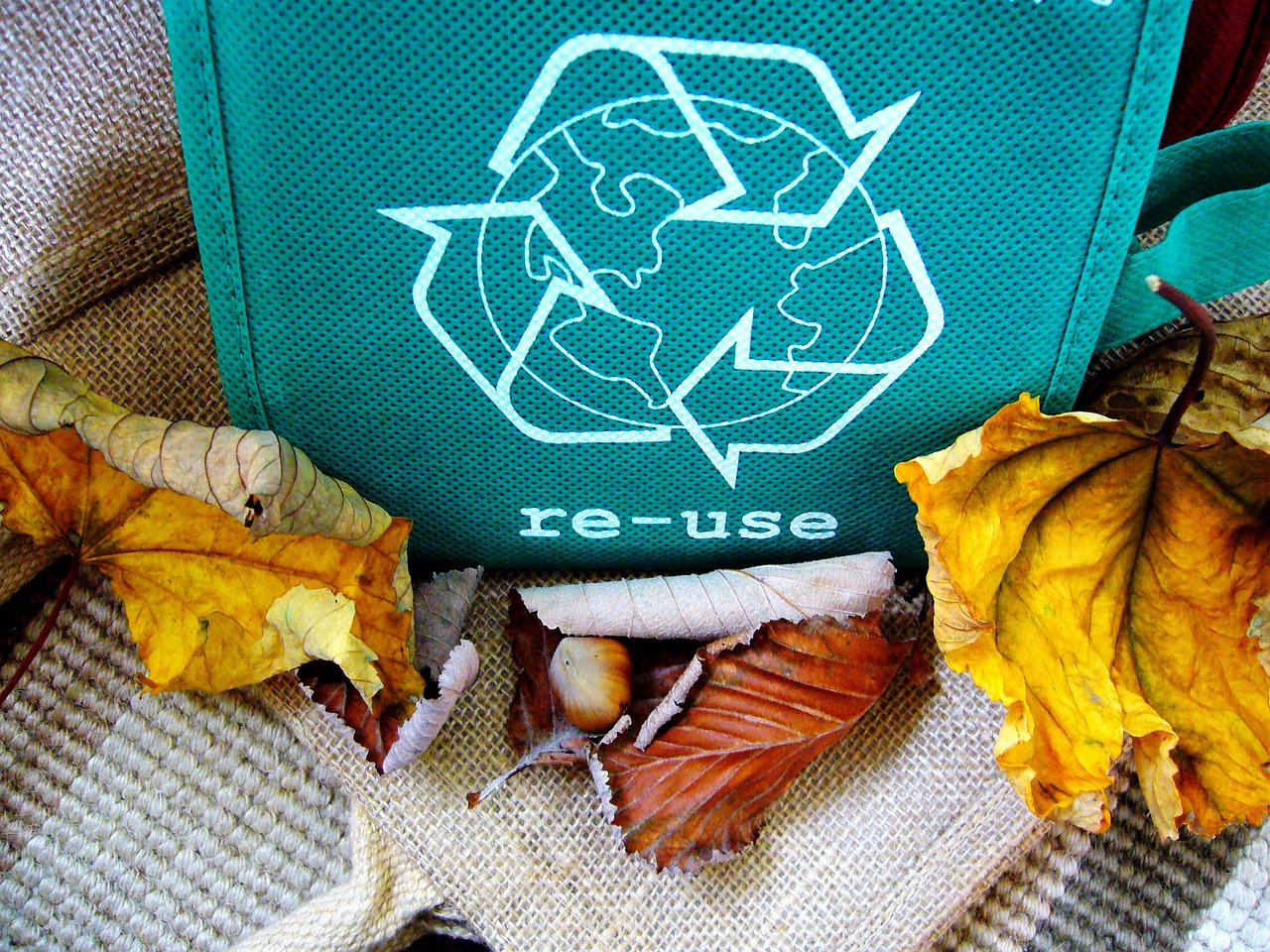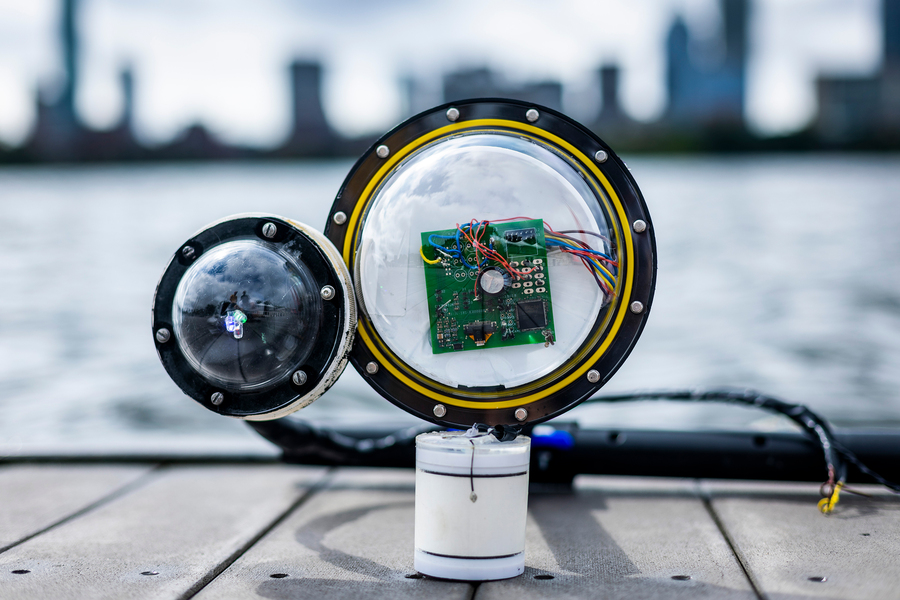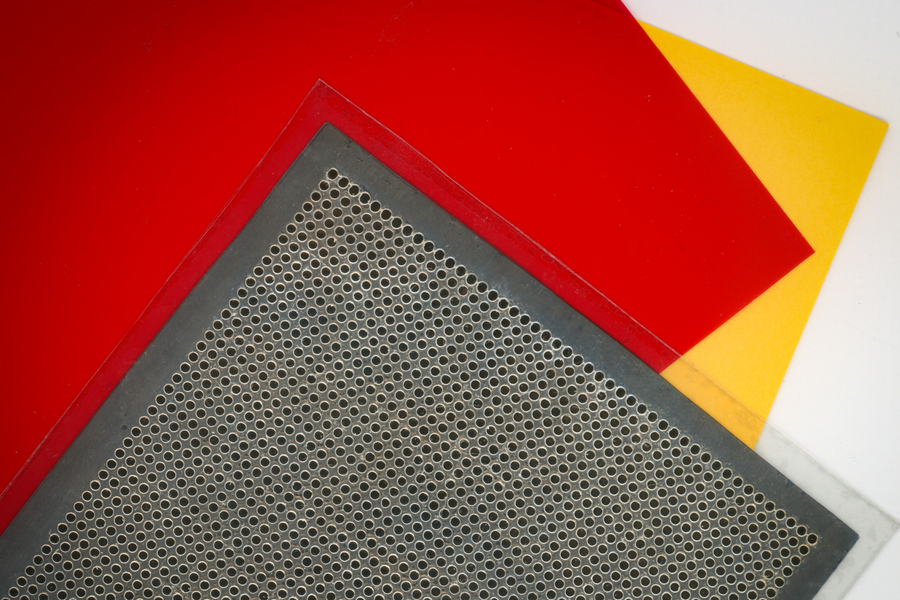It is now a reality that long-lasting devices using carbon nano-material ink can be recycled.
How Can it Be Done?
Engineers have managed to develop the first fully recyclable and printable paper electronic circuits using a blend of carbon-based inks. The resultant device is sturdy, high-performing, and long-lasting. Additionally, the device can undergo decomposition.
The recyclable carbon devices will not replace silicon. Instead, they will satisfy the demand for readily available embedded electronics without resulting in a high level of toxic waste that pollutes the environment.
Instead of toppling the semi-conductor industry, recyclable electronics will provide people with more data and extra sensors that increase the rate of capturing data. Admissibly, the need to capture more data cuts across all industries ranging from agriculture to healthcare.
Growing Research
Recently, the research on transient and printed electronics has grown in a quest to meet the rising demand for eco-friendly, low-cost sensors. Even though transient sensors disappear after some time from the environment, they still form part and parcel of toxic waste.
Notably, some previously printed circuits use incompatible techniques. Thus, they are not a good match for the printers.
One of the notable advances that researchers used on the newly printed transistors entails nanocellulose insulator ink. The ink comes from wood pulp, and it is biodegradable and abundant. Even though ink is used in wood products and food packaging, among other uses, it is the first time to be used for printing circuits.
The New Development
With the newly printed transistors, there is a printer on-site. After putting the substrate on the printer, everything is printed and pulled out resulting in high-performance printed transistors.
The printing process of the high-quality devices applied carbon inks to print the three main components of a thin-film transistor namely: the insulator, conductor, and semi-conductor. The inks for the last two components came from and off-the-shelf graphene and carbon nanotubes.
Final Thoughts
Indeed, the novel idea will transform the field of printed circuits.
For more on this exciting tech advancement, watch the video below from CPI.







